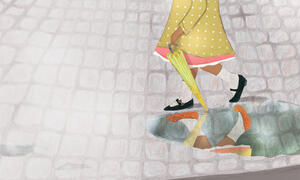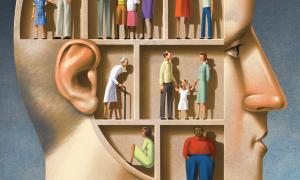professional development
Bullying: Guidelines for Teachers
This piece accompanies Bullying Basics. Some anti-bullying policies actually do more harm than good. Educators can use these tips to intervene appropriately when bullying occurs.
July 6, 2009

